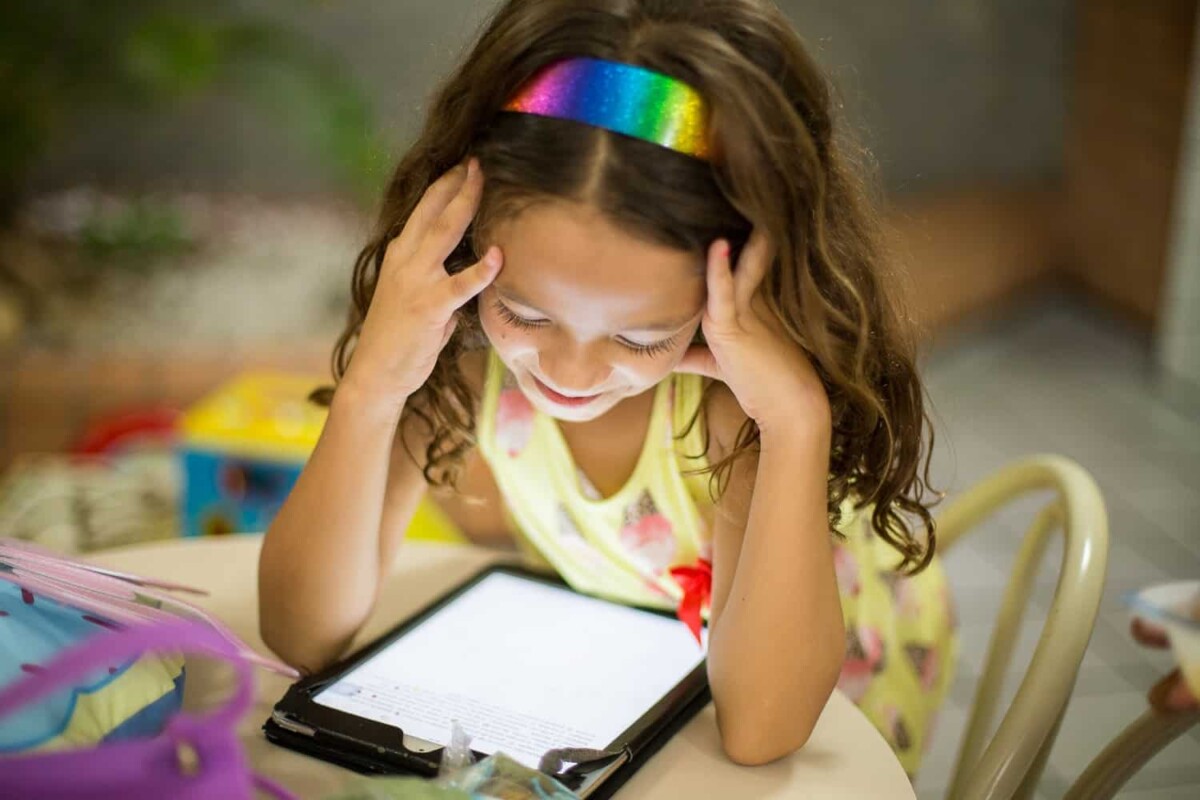
In our tech-centric world, screen time has become an integral part of our daily lives, especially for children. While technology brings countless benefits, it's crucial to strike a balance that promotes overall well-being. In this blog post, we'll explore the importance of finding the right equilibrium between screen time and other activities. We'll provide practical tips for setting limits, incorporating breaks, and engaging in alternative activities that foster physical and mental health.
The Screen Time Conundrum
In today's digital age, children are exposed to screens from a young age, be it for educational purposes, entertainment, or social interaction. However, an excessive amount of screen time can have negative effects on physical health, mental well-being, and overall development.
The Importance of Balancing Act
**1. Setting Screen Time Limits:
Begin by establishing clear and reasonable screen time limits. Guidelines from health organizations often recommend age-appropriate limits. For instance, the American Academy of Pediatrics suggests no more than one hour of screen time per day for children aged 2 to 5.
**2. Creating Tech-Free Zones:
Designate specific areas in your home, like bedrooms or the dinner table, as tech-free zones. This creates opportunities for face-to-face interactions, promotes better sleep hygiene, and reduces the temptation to engage in excessive screen time.
**3. Incorporating Screen Breaks:
Encourage the implementation of regular screen breaks. Use tools such as timers or apps that remind children to take breaks from screens every 20-30 minutes. During these breaks, suggest physical activities or moments of relaxation to reduce eye strain and promote overall well-being.
**4. Outdoor Adventures and Play:
Introduce alternative activities that get children moving and outdoors. Whether it's a game of soccer, a bike ride, or a simple nature walk, these activities not only contribute to physical health but also provide a break from the digital world.
**5. Creative and Educational Alternatives:
Foster creativity and learning by introducing alternative activities that don't involve screens. Art projects, reading, board games, and hands-on experiments are fantastic ways to stimulate the mind and encourage a love for learning beyond screens.
**6. Family Time Unplugged:
Designate specific periods for "unplugged" family time. Whether it's a family game night, a weekend hike, or simply enjoying a meal together without screens, these moments strengthen family bonds and create lasting memories.
The Path to a Balanced Lifestyle
Finding the right balance between screen time and other activities is an ongoing process that requires mindful planning and consistent effort. By instilling healthy habits early on, you empower children to navigate the digital landscape responsibly while ensuring a well-rounded and fulfilling lifestyle.
In a world where screens are ubiquitous, cultivating healthy screen time habits is essential for the overall well-being of our children. Striking a balance between screen time and other activities not only promotes physical and mental health but also encourages the development of crucial life skills. Let's embark on a journey to find the right equilibrium, fostering a healthy and harmonious relationship with technology in our children's lives.